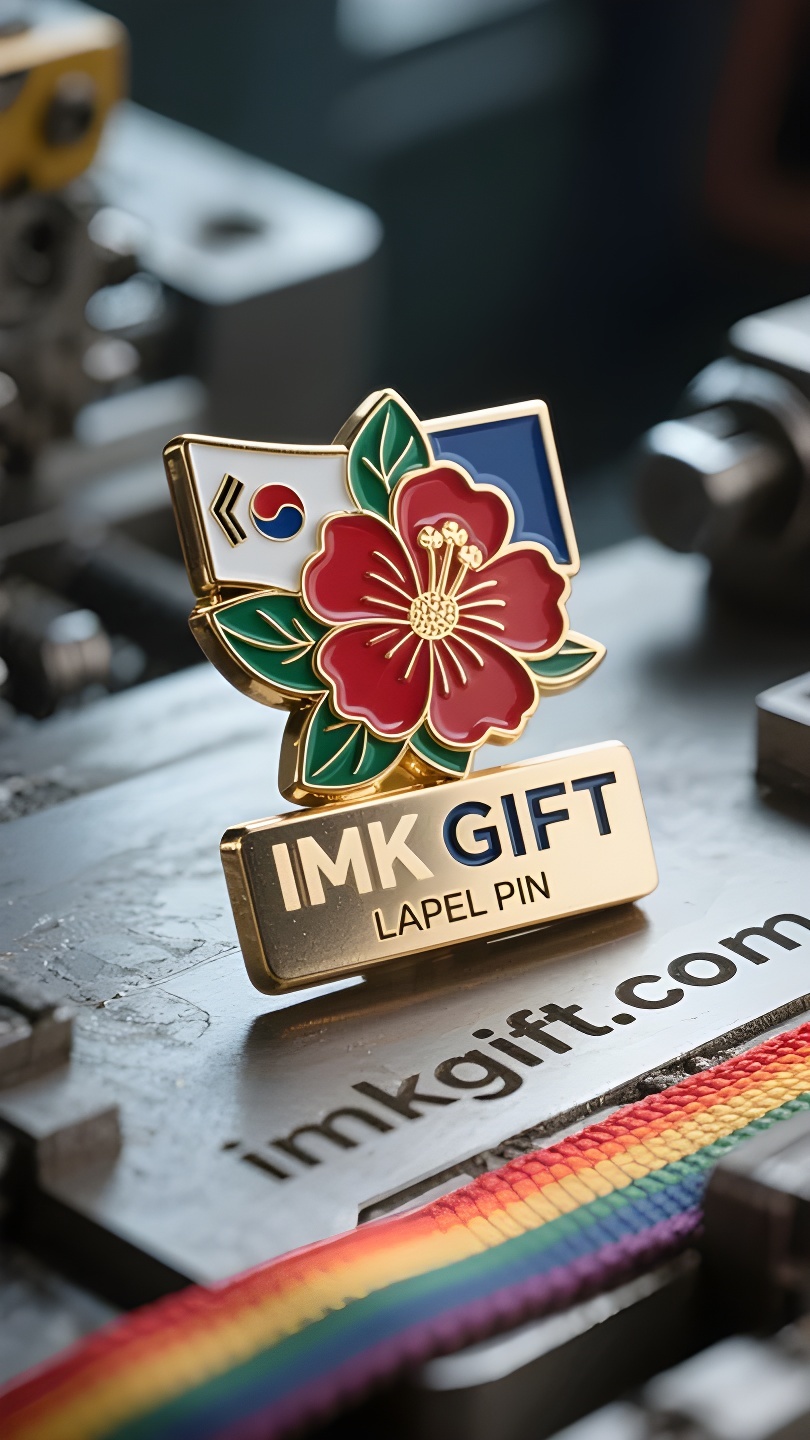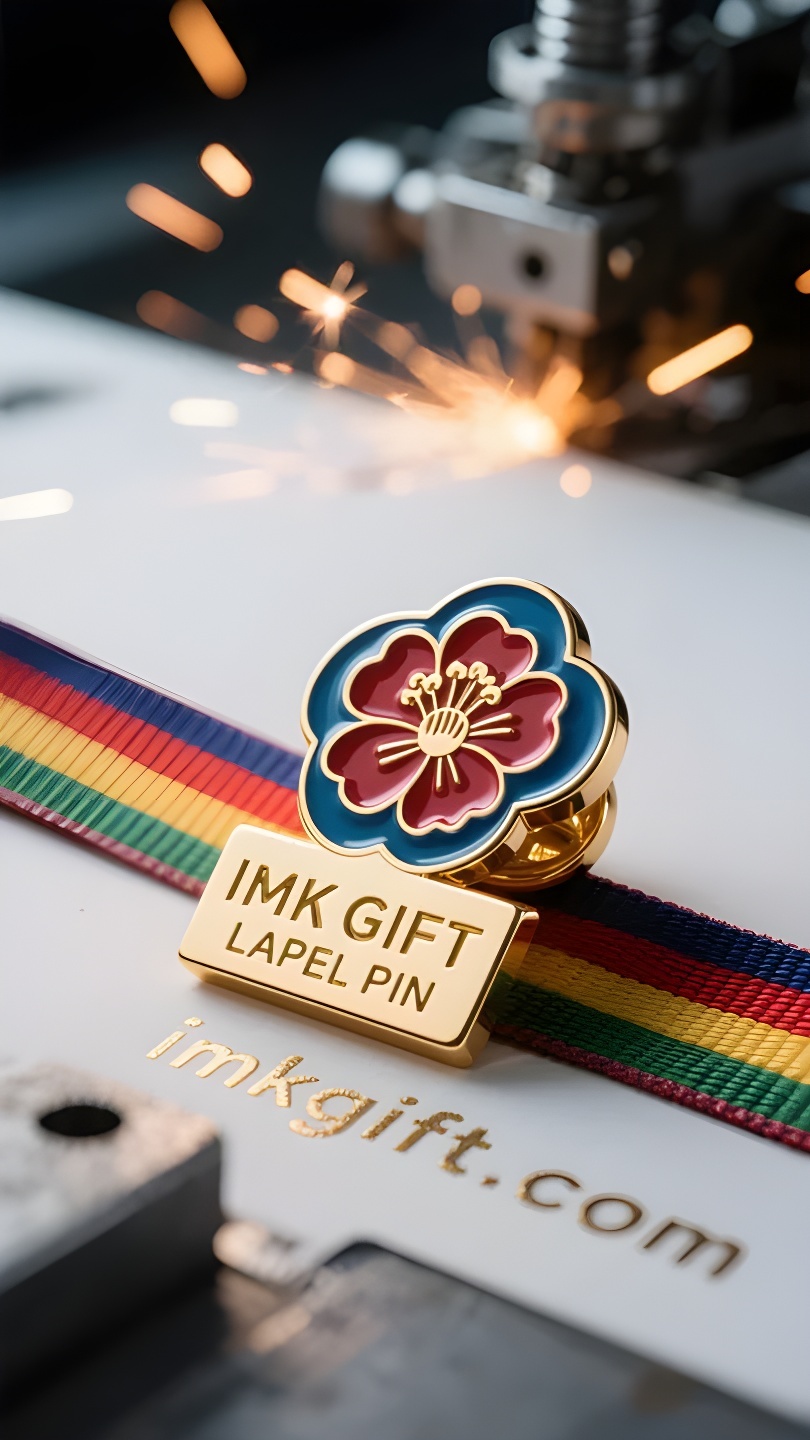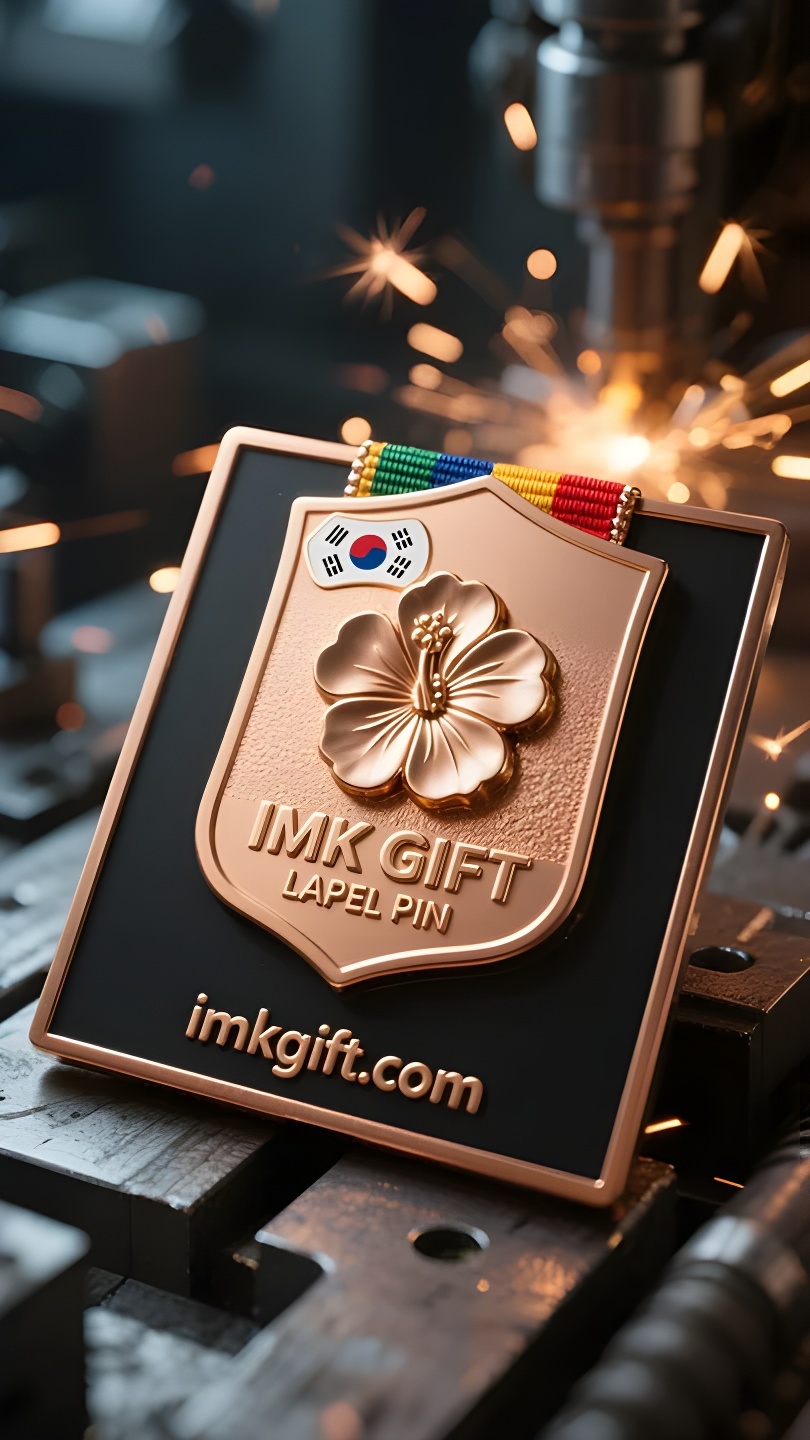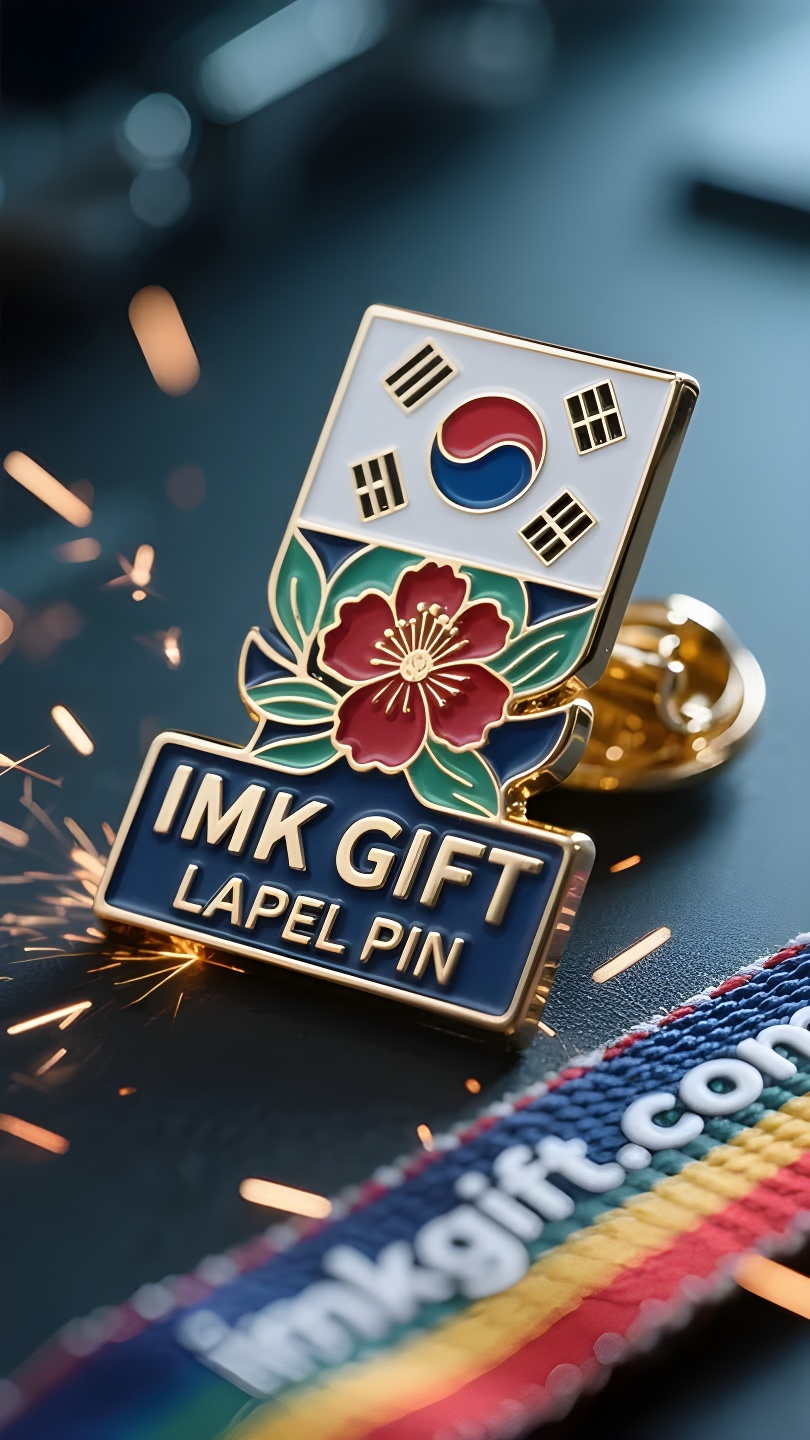in991-히비스커스는-무패입니다-산과-강은-영원히-빛납니다
▼
8월은 한국에 한창 여름이 찾아오는 달이다. 해방의 날이 다가오면서, 펄럭이는 태극기와 피어나는 목화꽃은 이 땅의 가장 감동적인 영적 토템으로 엮여 있습니다. 대한민국의 국기는 태극권의 조화를 중심으로 하고 있으며, 붉은색과 파란색이 우주의 끝없는 리듬에 어우러져 있습니다. 4개의 육각형은 4방향을 지키며, “움직임 속의 고요함, 변화 속의 불변성”이라는 동양의 지혜를 표현합니다. 국가 상징의 핵심인 목화꽃은 보다 구체적인 이미지로 국가의 회복력과 희망을 표현합니다. 목화꽃 문양의 황금빛 꽃잎 5개는 대한민국 헌법의 5대 건국정신인 ‘자유, 평화, 정의, 번영, 문화’를 상징합니다. 꽃잎 가장자리의 들쭉날쭉한 선은 한반도의 산악 지형과 굴곡진 역사를 암시하고, 중앙에서 뻗어 나가는 선은 떠오르는 태양의 광선과 같아 어둠을 뚫고 나오는 깨어나는 힘을 상징합니다. ‘무한의 꽃’이라 불리는 이 식물은 꽃은 단 하루만 피지만, 가지에 수백 송이의 꽃이 잇따라 피어나는 모습을 보인다. 마치 식민지와 전쟁, 분단을 겪으면서도 늘 강인한 생명력으로 거듭난 대한민국과 같은 모습이다. 서울 광화문 광장의 태극기와 목화꽃 문양이 아침 햇살에 함께 빛날 때, 우리가 보는 것은 국가적 상징일 뿐만 아니라 고통을 메달로 빚어낸 국가의 정신적 표현이기도 합니다. 떨어지는 히비스커스 꽃잎 하나하나가 상기시켜줍니다. 진정한 영광은 결코 떨어지지 않는 것이 아니라, 다음에 꽃이 필 때 축적된 힘에 있습니다.
In August, summer is in full swing in Korea. As Liberation Day approaches, the fluttering Taegeukgi and the blooming hibiscus flowers interweave into the most moving spiritual totems on this land. The Korean national flag is centered on the harmony of Tai Chi. The red and blue colors blend into the endless rhythm of the universe. The four hexagrams protect the four directions, interpreting the oriental wisdom of “stillness in movement and constancy in change”. The hibiscus flower, as the core of the national emblem, tells the resilience and hope of this nation with more specific images. The five golden petals of the hibiscus flower emblem correspond to the five founding spirits of “freedom, peace, justice, prosperity, and culture” in the Korean Constitution. The jagged lines on the edge of the petals allude to the mountainous topography and tortuous history of the Korean Peninsula; and the lines radiating from the center are like the rays of the rising sun, symbolizing the awakening power that penetrates the darkness. This plant, called the “Infinite Flower”, has a single flower that blooms for only one day, but hundreds of flowers can bloom on its branches one after another, just like Korea, which has experienced colonization, war and division, and has always been reborn with tenacious vitality. When the Taegeukgi and the hibiscus emblem in Gwanghwamun Square in Seoul shine in the morning light, we see not only national symbols, but also the spiritual portrayal of a nation that forges suffering into medals. Every falling hibiscus petal is a reminder: true glory does not lie in never falling, but in the power accumulated when falling for the next bloom.
八月的韩国,夏意正浓。在光复节临近之际,飘扬的太极旗与绽放的木槿花,交织成这片土地上最动人的精神图腾。韩国的国旗以太极圆融为核心,红蓝两色交融为生生不息的宇宙韵律,四卦卦象守护四方,诠释着”动中有静、变中有恒”的东方智慧。而作为国徽核心的木槿花,则以更具体的意象,诉说着这个民族的韧性与希望。
木槿花徽章的五瓣金蕊,对应着韩国宪法中”自由、和平、正义、繁荣、文化”五大立国精神。花瓣边缘的锯齿状纹路,暗喻着朝鲜半岛多山的地貌与曲折的历史;而中心放射的线条如旭日光芒,象征着穿透黑暗的觉醒力量。这种被称为”无穷花”的植物,单朵花期虽仅一日,但枝头却能接连绽放上百朵,恰似历经殖民、战争与分裂的韩国,始终以顽强的生命力次第重生。
当首尔光化门广场的太极旗与木槿花徽章在晨光中交相辉映,我们看到的不仅是国家符号,更是一个民族将苦难锻造成勋章的精神写照。每一片飘落的木槿花瓣,都在提醒着:真正的荣耀不在于永不坠落,而在于坠落时积蓄的,下一次绽放的力量。
▼
Contact Us
📞 Tel: +0086-760-85286839
📧 Email: sales3@imkgift.com








